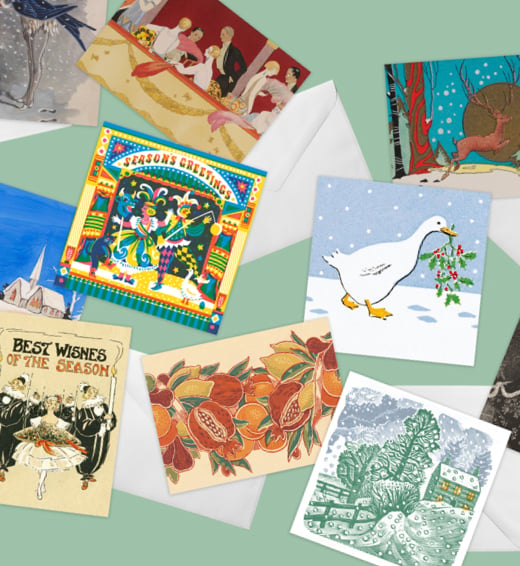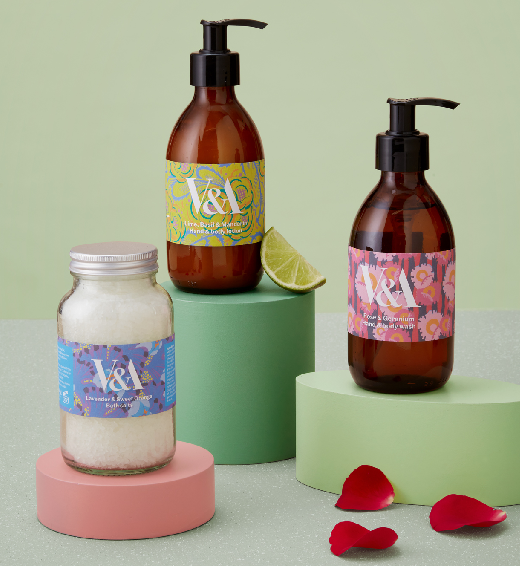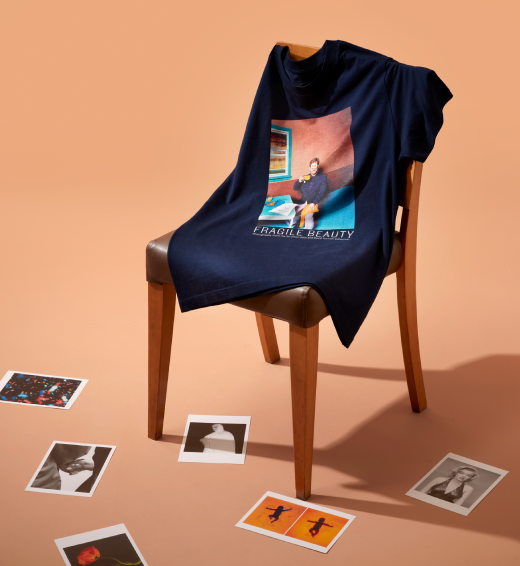
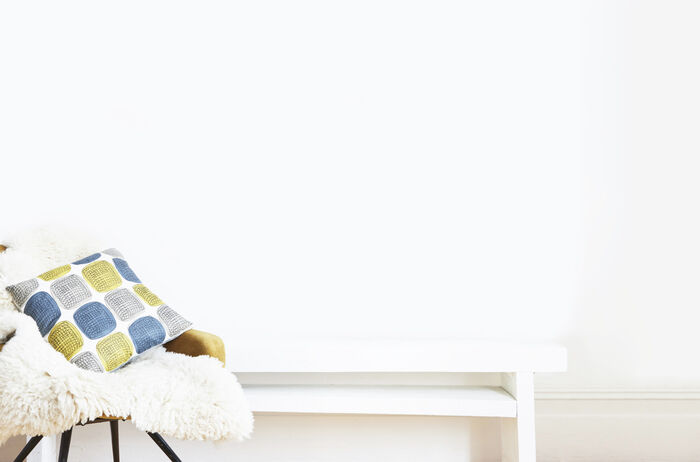

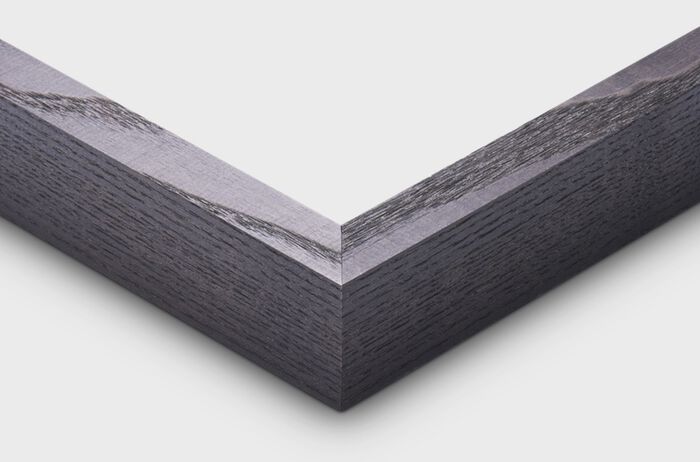




Design for tiles with stars in hexagons
Paper size
Please select-
Small
24 x 30 cm
-
Medium
32 x 40 cm
-
Large
47 x 60 cm
-
Extra-Large
63 x 80 cm
Frame type
Please select-
 Black
Black -
 White
White -
 Natural
Natural -
 Unframed
Unframed
- 1.5 cm black stained ash box frame - stained and waxed
- 280gsm smooth matte fine art paper
- cm white mount - acid free, extra thick smooth white mount board with a white core
- Printed image size:
- Total framed size:
- Total size:
- Details
- Delivery & Returns
- About custom prints
Design for tiles in Islamic style
Pencil and watercolour by Owen Jones (1809-74)
Britain, 1840-50
The left side of this print is filled with stars centred into hexagons.
Custom printed on 280gsm smooth matte fine art paper.
Delivery
Our standard delivery charges and estimated timescales are as follows. Selected product exceptions apply; see product details. International deliveries may also be subject to customs fees or taxes upon arrival, which are your responsibility.
Custom prints
Each print is made to order and dispatched separately to other V&A Shop products, for UK delivery only. The charges and estimated timescales below are in addition to our standard delivery charge when bought together with a V&A Shop product. However, delivery is free for all orders over £60.
Returns
We hope you are happy with your V&A Shop purchase. However, if you are not, most items are eligible for a full refund if returned within 28 days of receipt.
Refunds are offered for items in an unused, unopened condition, and with original packaging – with exceptions as below. This does not affect your statutory rights.
The following items are excluded from our returns policy and cannot be refunded unless faulty, damaged, or not as described:
- Custom prints and other items made to your specification or personalised;
- Items that have been sealed for hygiene reasons, where the seal has been broken, such as beauty products, soap, pierced earrings, hosiery, socks, sunglasses and face coverings;
- Perishable or edible items such as flowers or food;
- Memberships, tickets for exhibitions, bookings for events and courses.
For full details, visit our Delivery & Returns page.
From our gallery walls to yours
High quality art prints of images from across the V&A collections. Spanning Japanese woodblock prints to book illustration, textile designs and photography this collection of prints offers a glimpse into the rich and diverse nature of the V&A.
Made in England on the Sussex coast by leading print producers King & McGaw, our prints are hand finished and framed by skilled craftsmen using responsibly sourced materials, carefully packaged and delivered directly to your door.
The process is simple:
1. Select an image
2. Choose your preferred size and frame
3. Place your order!
Additional details
PAPER:
We use fine art paper sourced from UK paper mills for our prints. The paper type has been chosen to best suit the original artwork.
INKS:
Each artwork is giclée printed using archival quality inks.
MOUNT:
Acid free, extra thick smooth white mount board with a white core.
GLAZING:
We use clear acrylic glazing for safety and longevity.
FRAMING:
Framed by hand in Sussex by skilled craftsmen using responsibly sourced materials, the finished product has a taped back and is supplied ready to hang.
PACKAGING:
Each print is carefully packaged to ensure safe transportation, using 100% recyclable materials.
COPYRIGHT:
Please note that a copyright line is included under the image.
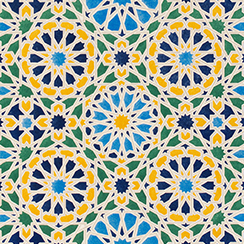
Owen Jones
Owen Jones (1809-74) was a versatile architect and designer and one of the most influential design theorists of the 19th century. Through his work at the 1851 Great Exhibition he was also a key figure in the foundation of the Victoria and Albert Museum. Two hundred years after his birth Jones's theories on flat patterning and ornament continue to resonate. His bold theories on the use of colour geometry and abstraction formed the basis for Jones's seminal publication 'The Grammar of Ornament' a design sourcebook that is still in print today. First published in 1856 this ground breaking design manual gathered together the finest examples of ornament from a wide variety of cultures and historical period. He illustrated his design propositions by drawing on a diverse range of source material including metalwork textiles ceramics manuscripts and woodwork. Jones wished to liberate these examples of ornament from their original context and felt strongly that designers should not simply copy designs but instead try to understand the underlying principles held within them.
